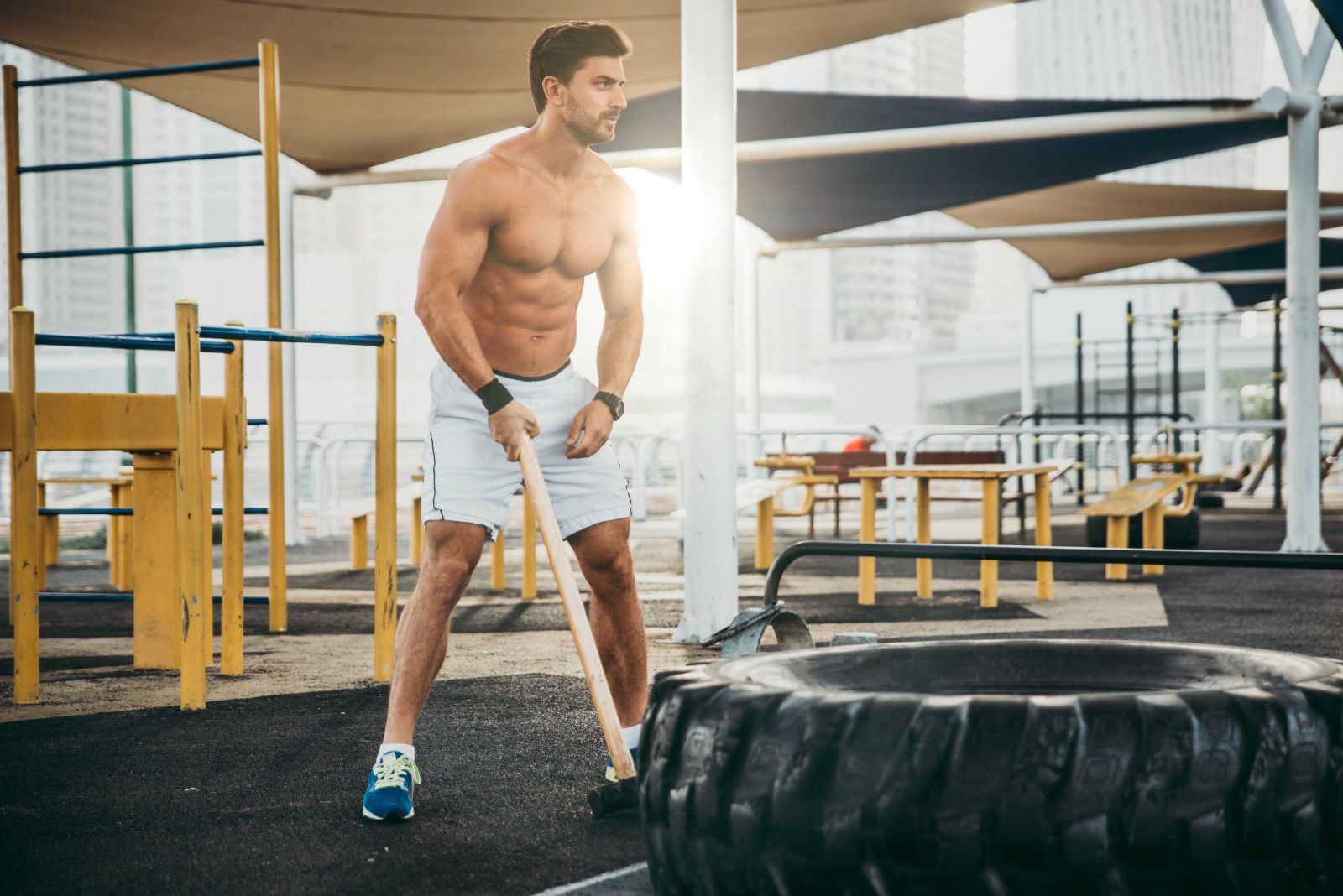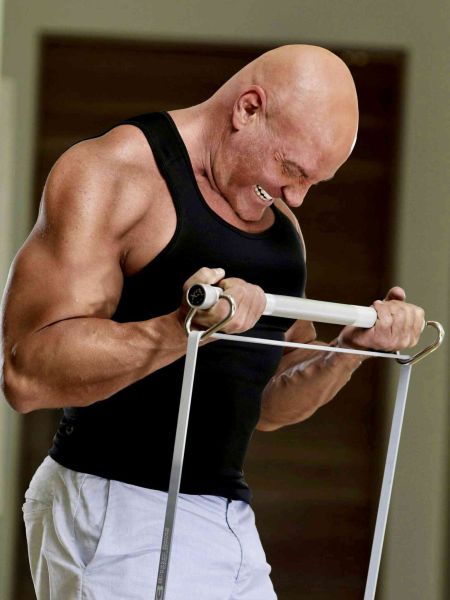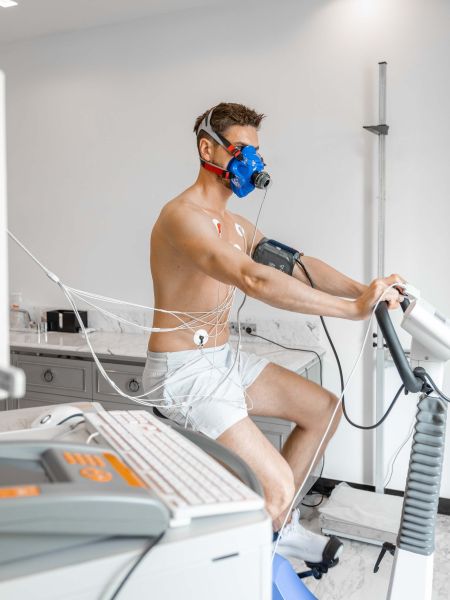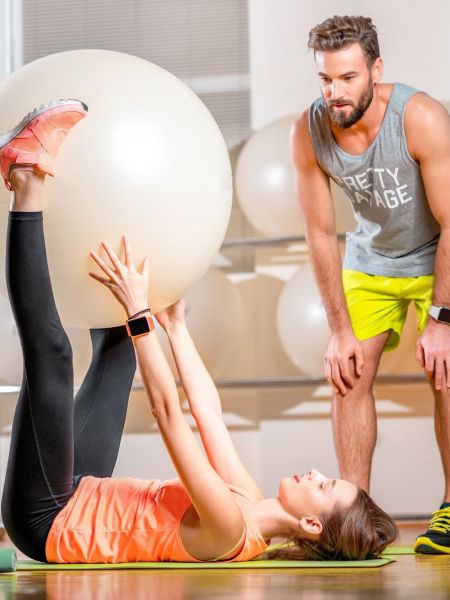Absolute vs Relative Strength - What’s The Difference?
The right balance for your goals
Early in your health journey, you may decide to set a goal to increase strength. Great! But what does that actually mean? Are you solely focused on lifting a certain weight at the gym? Or are we talking about carrying all the groceries into the house in a single trip with ease?
Strength is a fundamental component of fitness, essential for daily life, sports performance, and overall health. However, "strength" isn't one-size-fits-all. There are two key ways to measure it: absolute and relative strength.
Understanding Strength
Understanding the distinction between these two types of strength can help you tailor your training and set appropriate goals.
Absolute Strength:
Absolute strength is all about raw power. It's the maximum force you can unleash, regardless of your size. Think of a powerlifter hoisting a massive barbell – that's absolute strength in action. It's the maximum amount of weight a person can lift once (1RM). This metric is your go-to if you're all about moving the heaviest load possible or competing in strength sports.
Relative Strength:
Relative strength is a different beast. It's about how strong you are for your size. Picture a gymnast effortlessly performing a handstand – that's a display of impressive relative strength. This metric is key if you're into bodyweight exercises, competing in weight-class sports, or just want to be a functional fitness ninja. This is a more relevant strength benchmark for comparing people of different weights.
Which is better - Absolute or Relative Strength?
So, which one is more important? It's like asking if pizza or cheeseburgers are better – it depends on your cravings!
If you're all about maximizing force and dominating strength sports, absolute strength is your jam. But if you're focused on bodyweight movements, athletic performance, or functional fitness, building relative strength is where you're gonna want to focus your time.
Long story short, one isn't better than the other, it just depends on your goals.
The Best of Both Worlds
In reality, most of us can benefit from training both types of strength. It's like having a well-rounded diet – you need a variety of nutrients to thrive. A balanced approach ensures overall fitness and can help you excel in a wider range of activities. So, whether you're a powerlifter looking to improve agility or a gymnast wanting to boost raw power, don't neglect either type of strength.
Factors Affecting Strength:
When considering the focus of your strength training routines keep these things in mind:
Body Composition: More muscle mass generally means more strength.
Limb Length: Taller individuals may have an advantage in some lifts due to leverage, but shorter individuals might have denser muscles.
Body Weight: Increased muscle mass can increase absolute strength but might decrease relative strength.
Exercise Type: Different exercises engage different muscle groups, leading to variations in strength.
Technique: Proper form is essential for maximizing strength and preventing injury.
Nervous System Efficiency: How well your brain and muscles communicate can affect force production.
Strength Standards
To determine your individual strength standards, check out this website. It's probably the best one on the internet and it's free.
You can browse by a variety of workouts and compare reps at different levels (beginner through elite) against your age, bodyweight, or sex.
For example, a 50 year old man who is a novice at strength training should be able to do 12 pushups. While a woman in her 40s who is advanced with her strength training could crank out 37 with ease.
Of course this varies a lot based on individuals, but if you're a person who likes data and reference points this can be helpful benchmarking info.
Key Takeaways
Whether you're a beginner or a seasoned athlete, understanding the difference between absolute and relative strength can empower you to create a more effective and personalized training plan. Remember, strength isn't just about how much you lift, but how well you can use that strength in the context of your own body and goals.





